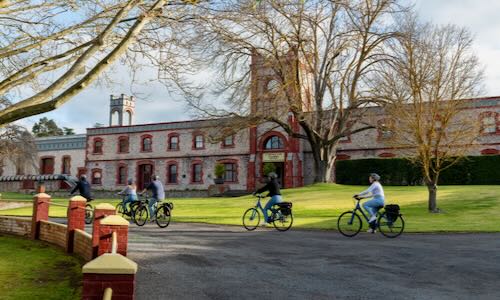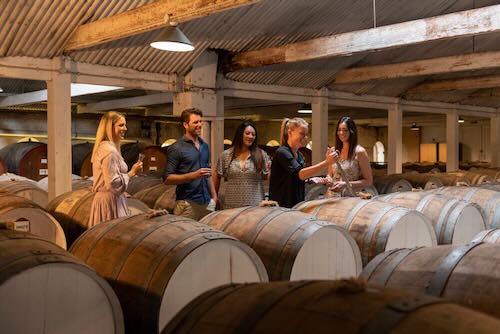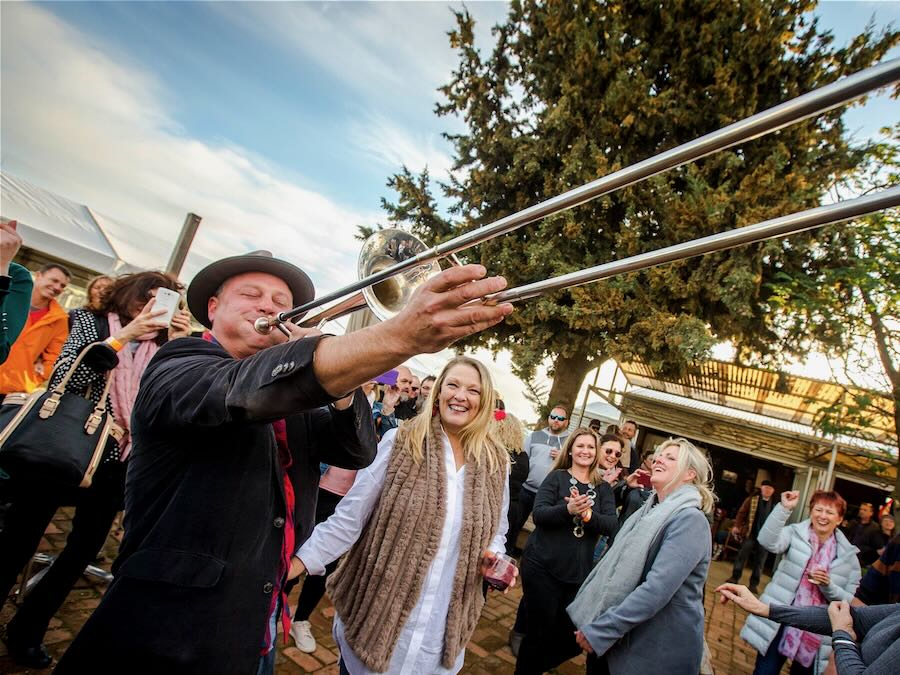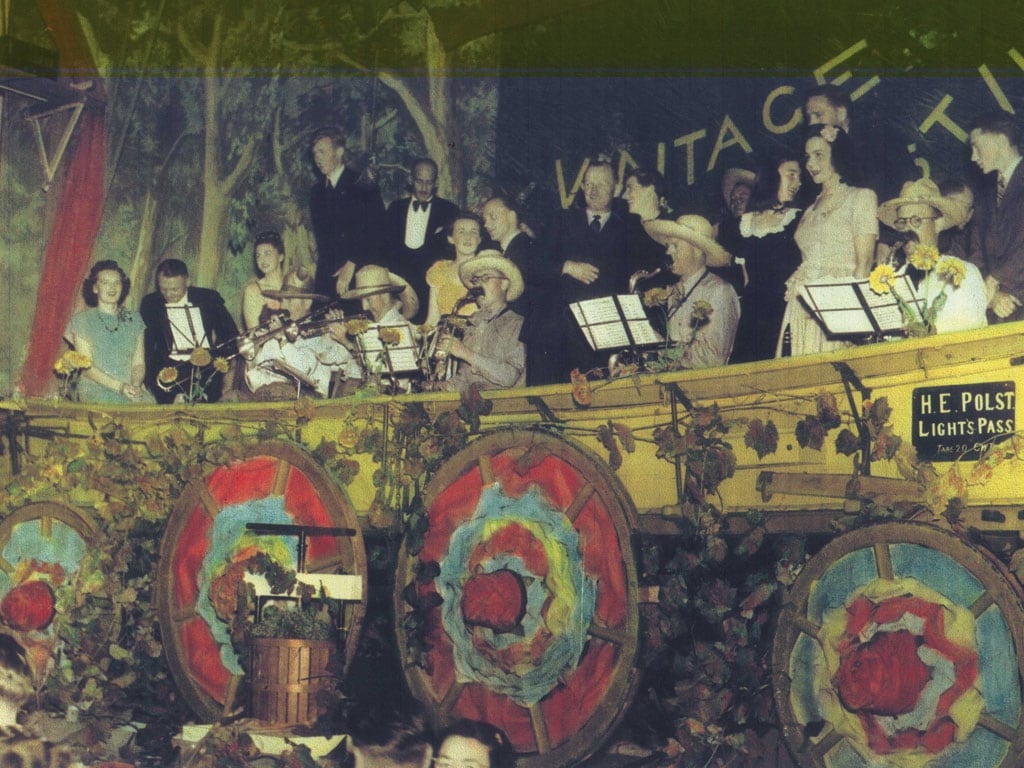Report prepared by Louisa Rose, Head of Sustainability/Winemaker, Yalumba
After a long and late 2023 vintage, 2024 vintage has proved to be quite the opposite.
Despite a reasonable break at the end of the 2023 harvest, the Barossa did not receive the soaking winter rains growers had hoped for. Winter had below average rains (-28% Barossa Valley, -20% Eden Valley) with 115 mm (Barossa Valley recorded at Nuriootpa) and 216 mm (Eden Valley recorded at Mount Crawford), and spring was even drier with only 56 mm in Barossa Valley and 119 mm in Eden Valley (-52% and 76% of average). Rainfall was variable across the region, and some missed out on much of the rain.
Luckily there were some rains in December and January, as February had no rain recorded at all. Summer rainfall was 11% below average in the Barossa Valley. For the calendar year 2023 Barossa Valley had 326.6mm rain, 74% of average. The Eden Valley had average rainfall for 2023, although it didn’t fall with the usual pattern.
The dry winter and spring made the vines work during the early part of the growing season, and bud burst started in September, three weeks earlier than the year before. September was also above average (Barossa Valley 3.4C and Eden Valley 3.5C) in maximum temperature, so the vines grew fast. With dry springs come clear and cold and frosty nights, and minimum temperatures across the Barossa were lower than average for all spring months.
Damaging frosts particularly, in September and October meant some vineyards had significant damage that influenced their subsequent yield.
Daytime temperatures in October and November were close to average, although windy weather and a heat spike in the middle of November did cause issues with some vineyards where this was coincident with flowering, and hence fruit set.
With some rain, and slightly cooler than average days, December and early January saw vines flourish and move quickly into their ripening phase. There was some risk of disease, but diligence and following warmer daytime temperatures minimised the effects. Veraison in many vineyards was a month earlier than 2023. January finished with average temperatures, but in February, with no rain and the temperature 2C above average in the Barossa Valley and 1.3C in Eden Valley, vines ripened quickly, and harvest was away. Whites ripened quickly, retaining good fragrance and natural acids early. Reds, with small berries, show intensity and vibrancy.
February, March and April remained dry, with many vineyards having more than 50 days with no recorded rainfall, and any rain that did fall was single digit, or decimal recordings. An unseasonal heatwave in early March caused short-lived concern, but those vines that still had grapes recovered well in the following cooler weather.
Most varieties and vineyards were picked before Easter (end of March) with only the later ripening varieties and sites picking into April.
In 2024, quality across the board looks exceptional, although yields were variable. Depending on site and variety, crops are anywhere between 50 and 90% of normal. Particular standouts in the Barossa Valley are Grenache and Cabernet, but that’s not to take away from some exceptional parcels of Riesling, Semillon and Shiraz. In the Eden Valley the whites are electric – with great natural acids and fine aromas, Riesling of course stands out, as do most of the other varieties.
Sustainability surges across Barossa in 2023/24
By vintage 2024, the number of Barossa vineyards and wineries participating in Sustainable Winegrowing Australia has grown significantly to 176 members (up from 146 last year). The number of growers and winemakers who are certified members of SWA grew even more significantly, from 49 to 100.
Certified growers and wineries are those who have reached a “best practice” standard of sustainability markers. They have also passed an audit conducted by a third party under the Freshcare standard.









